Tourist Attraction of Jhalawar
This part of Rajasthan is perhaps, the least explored area in the state. What lies unexposed and unexplored is a treasure of history dating back to several centuries .Jhalawar is a unique combination of legends and folklore, of rocky terrain on one side and dense forests and rivers on the other. Not only the city, but the whole district and areas around it, is a treasure house of wall paintings, formidable forts, forests and exotic wildlife.
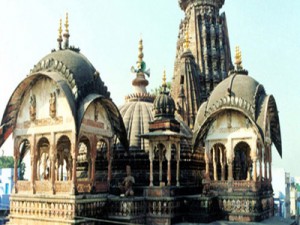
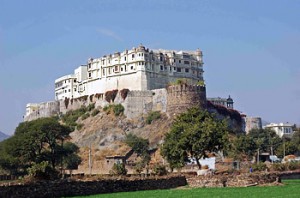
Jhalawar Fort (Garh Palace)
Situated in the center of the town, this beautiful monument houses the Collectorate and other offices. It was built by Maharajrana Madan Singh during 1840 – 1845 and his successors later on added beautiful paintings inside the rooms which can be seen with the permission of the appropriate authorities. The Zenana Khas has some excellent frescoes on both walls and mirrors, prime examples of the Hadoti school of art.
Government Museum
Established in 1915 and located outside the fort palace, it is one of the oldest museums of Rajasthan. It houses rare manuscripts, paintings, coins, sculptures and statues of various gods and goddesses are specially noteworthy. 5th and 7th century old inscription may also be seen here. Most of the idols recovered form various ruins have been added to this collection. The Ardhnarishvara Natraj, from this museum, was displayed in Moscow, during the Festival of India celebrations.
Timings : 10 A.M. to 4:30 P.M.
Entry Fee : 3/- for Adults. Monday Free. Friday Closed

An interesting building constructed in 1921 by Maharaja Bhawani Singh, near the Fort. This unique theatre was built for the performance of plays and other cultural events. It was a popular Parsi theatre in state times. It has been recently revived and gives a very good insight into the theatre -art. It is quite a unique structure and an architectural marvel.
Bhawani Natyashala (Theatre)
Its uniqueness lies in the fact that its deep stage with its underground construction allows the horses, and even the chariots to appear on stage. Believed to be one of the eight such theatres in the world, in its heyday it was the venue of great plays ranging from Shakuntalam to Shakespeare's classics.
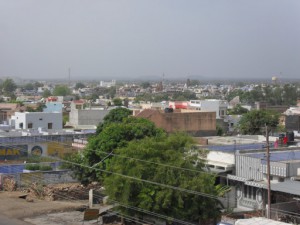
Known as the City of Temple Bells. About 7 Kms. away from Jhalawar. The entire township is located within a wall. Founded by Parmara Chandra Sen, grandson of Maharaja Vikramaditya, it is located on the banks of the holy Chandrabhaga river. Colonel James Todd mentions counting 108 temples here. Enclosed within its old walls is the famous 10th century 100-feet high Surya Temple. The temple is full of lovely sculptures. Nearby is the beautiful group of temples on the Chandrabhaga stream which rises from a spring. They belong to the 6th – 14th centuries. The 11th century Shantinath Jain temple and Shri Dwarkadheesh temple (built by Jhala Zalim Singh) are among the other important temples of the city. Just nearby to Dwarkadhish temple, newly developed Herbal Garden & Choupati are also worth a visit.



Gagron Fort
12 Kms. Away from Jhalawar. The foundation of this magnificent, impregnable renowned fort was laid in the 7th century and the fort was completed in the 14th century. Outside of the fort is the Dargah of Sufi Saint Mittheshah, where a fair is held every year during the month of Moharram. Nearby is the monastery of Saint Pipa Ji, a contemporary of Saint Kabir.Gagron Fort is perched on a low ridge at the confluence of the rivers Ahu and Kali Sindh whose water surround it on three sides. On the fourth side there used to be a deep moat completing its defenses. Gagron is among the rare forts which are both a van and a jal durg – i.e. both forest-protected and water-protected. It is surrounded by forests and has behind it the Mukundarrah range of hills.
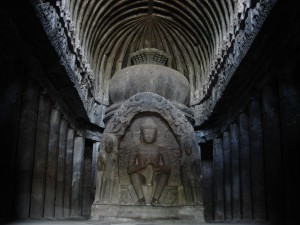

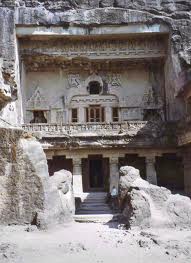
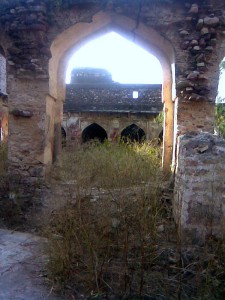
Buddhist Caves and Stupas
Jhalawar district can boast of having the only rock-cut caves in Rajasthan. The ancient Buddhist caves located in the village Kolvi are of great importance, both archaeologically as well as historically. A colossal figure of Buddha, the carved stupas are some of the highlights of these caves. Similar caves can also be found in nearby villages, which proves the existence of a flourishing civilization several centuries ago and the Buddhist influence in the region.90-95 Kms from Jhalawar
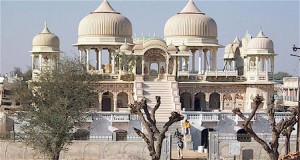
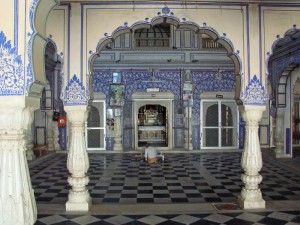

Atishay Jain Temples, Chandkheri, Khanpur
Situated near the town Khanpur, this 17th century Jain Temple is known for its architectural splendor and religious value. It has a 6 feet tall Lord Adinath statue in the sitting position. Accommodation and meals are available in the temple area at a reasonable price. 34 Kms. from Jhalawar.
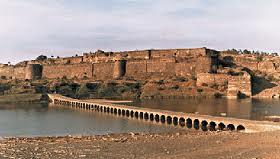
Located 24 Km from Jhalawar, this dam is built on Ujad river near the ruins of the old capital of Khichi Chauhans-'MAU BORDA'. One can find ruins of the palaces, temples and mosques, of both Muslims and Rajput architecture can be seen here. The dam is an excellent picnic spot.

Located at 54 Km from Jhalawar. A place of antiquity streamed with beautifully carved pillars, torans and some erotic figures in the ruins of temples scattered over an area of 2 Kms.
It stands on the bank of river Chhapi where an irrigation dam is under construction. Dense green forests with lush foliage add to the natural beauty of the spot.
Bhimgarh – Kakuni
On the banks of Parwan river are ruins of an old township with a huge idol of Lord Ganesh and an 8th century Shivlinga. The temple ruins are worth a visit. This place can be approached from Khanpur by a road running from it to Aklera. Midway at a distance of 20 Km, tourists find a well-furnished Dak-Bunglow at Taraj village which was a noted game-preserve of former Kota rulers. At a distance of 10 Km from here stands the famous ruins of old temples dedicated to various dieties of Hindu and Jain people. Officially Kakuni is in Baran district whereas Bhimgarh is in Jhalawar district. 65 Km from Jhalawar.
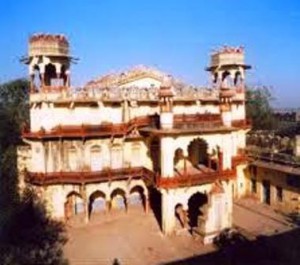
Manohar Thana is as good as its name which means "Beautiful Outpost". It is a well-walled town with a strong fort. The fort commands the meeting place of two rivers Parvan and Kaalikhad. Fort has double fatification outer wall and battlements, inside which runs another circle of walls and battlements. A good Dak-Bunglow is lately constructed here in the fort with goodplantation around. Manohar Thana was a principal seat of Bhil kings who were supplanted by Hada Rajputs of Bundi. This fort in the tribal area of Manohar Thana once occupied an important strategic position. 90 Km from Jhalawar..
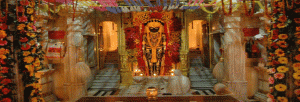
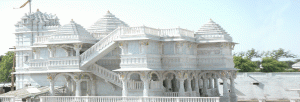
On the southern fringe of Jhalawar and Rajasthan lies an ancient Jain Temple of Lord Parshwanath. Marble temple is constructed out of the religious endowments by the pious Jain Community of Malwa (M.P.), Maharashtra, Gujrat. An important Jain pilgrimage spot with a 1000-year old Parshwanath statue. Excellent accommodation and meals at dharamshala. 150 Km from Jhalawar.
Fort of Gangdhar
The oldest rock inscription of the area was found here. The fort and some marvelously built temples are worth a visit. 140 Km from Jhalawar.


